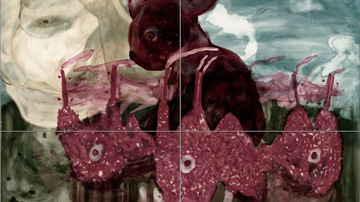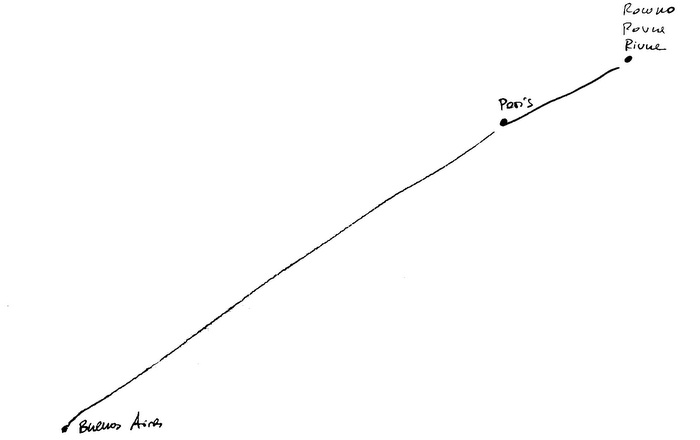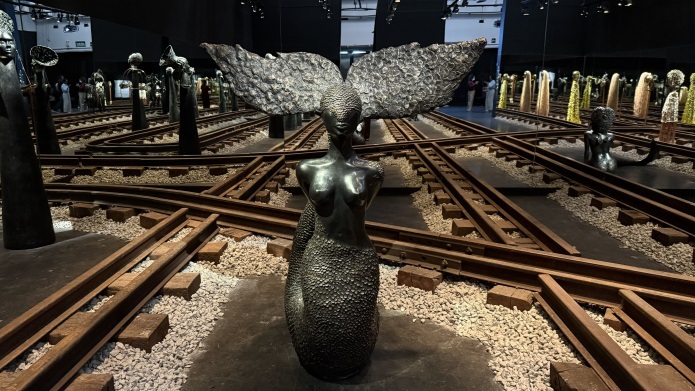Franz Meiller
Watching the world walk by in its curious shoes
Watching the world in its goings-on and observing the most diverse cultures characterize the work of Franz Meiller.
As a silent witness, he takes snapshots and shows people of different origins in the midst of their daily life.
Movement is also a formative element in Meiller's photos, it seems that the moments in the photos go past us. There are no stiff staged images of landscapes or cities, but they all tell stories of partially distant places, people, moments, and daily life.
In addition, the photos are full of contrasts, with the image 'Art Basel' showing a photo taken at the renowned art fair by the same name, where a young man tries to climb a wall. Or 'Mobil Kuba' shows a distinguished taxi with red upholstery and the view out on the streets of one of the poorest countries in the world.
As the title suggests, the photographer, born in 1961, is about to watch the world as it passes him in its curious shoes. Passing, or moving past is considered a core element of Franz Meiller’s work, and thus, the photographs are not all perfectly focused, but they preserve their secrets by deliberately showing slightly blurry images. This way, the viewer is indirectly prompted to figure out what secrets or situations are hidden in the pictures…
Oliver Dorfer
the yolo iteration
Oliver Dorfer's second solo exhibition with Michael Schultz bears the auspicious title the yolo iteration - a word coining, which, like many of his work titles, comes from the depths and the expeditions of Dorfer though the human subconscious. Yolo has its origin somewhere between Mojo and Jojo; iteration stands for recurrence, or repetition, especially in mathematics and in computer science, when the solution of a problem is worked out step-by-step by purposefully repeating the same calculation process.
Oliver Dorfer, too, is addressing the questions of modern life gradually and systematically, but turns them into high-gloss painting series. The result is a complex artistic world of monster-like, botanical-psychedelic growths, which - dressed in the mantle of traditional reverse-glass painting - by modern means, computers, acrylic glass and projectors yet again touches our primal sensations and fears. The media consumption of modern man, and the contradictions that arise between our outer worlds and our thinking, form one of the basic frameworks for Oliver Dorfer's painterly oeuvre. Another is the complexity of one 's own memories, paired with pieces from the global visual archive, with drawings and objects from the outer world.
Oliver Dorfer works in modules, he uses various pictorial components which he organizes and stratifies and composes to panoramas of all our subcutaneous fears within the dominant square format. Like in a parade of horror fairy tales, he plays subtly but threateningly on the subconscious levels of our image recognition patterns. These patterns of association play a decisive role in Dorfer's painting, as is the distance from the actually painted picture, which is constantly altered behind an acrylic screen by the reflection of one's own figure. The acrylic squares are reminiscent of video- or computer screens, or C-prints, with any painterly thrill or haptics happening behind the acrylic glass.
"Thus, it is a constant oscillation between these two poles, on the one hand a reflection on painting, its possibilities, its importance. At the same time, however, it is, of course, also benefiting from what painting does", says the artist - reflection which, on the one hand, is due to the material and the mirror-image mode of operation, but it is primarily a mental reflection on ourselves and our position in this imagery. Dorfer gets the viewer on board, into the picture on two levels: through the perpetual reflection - our individual vanitas and reflection of our personal figure - but also through his persistent invitation to explore the origins of our own associations in his imagery.















